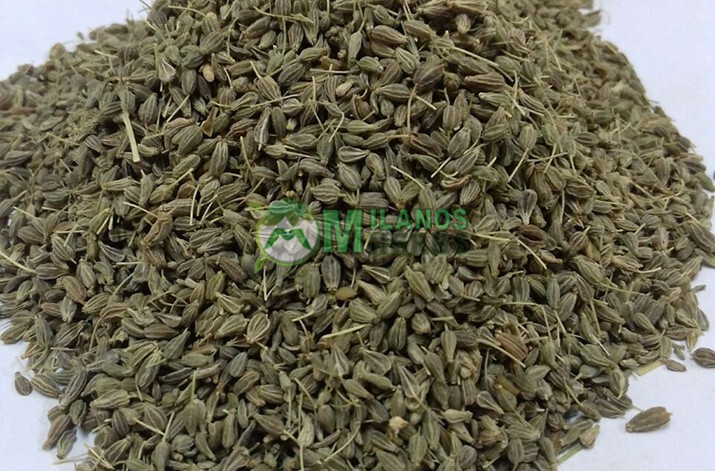
22 Feb Anise Seeds
| Product Name | Anise Seeds |
|---|---|
| Latin Name | Pimpinella anisum |
| Product Forms | – Seeds |
| Season Crop | From April to August |
| Availability time | All over the Year |
| Container Capacity | 15 MT per 20 FCL & 25 MT per 40 FCL (HC) |
| Packing | – PP Bags with Liner plastic bags |
| Specifications | Its color is dark green-brown, with very aromatic taste spice. Its Egyptian Origin and grown in Upper Egypt. Anise was first cultivated in Egypt and the Middle East, Anise plants grow best in light, fertile, well-drained soil. The seeds should be planted as soon as the ground warms up in spring. Anise is used for upset stomach, intestinal gas, “runny nose,” and as an expectorant to increase productive cough, as a diuretic to increase urine flow, and as an appetite stimulant. Women use anise to increase milk flow when nursing, start menstruation, treat menstrual discomfort or pain, ease childbirth, and increase sex drive. Men use anise to treat symptoms of “male menopause.” Other uses include treatment of seizures, nicotine dependence, trouble sleeping (insomnia), asthma, and constipation. In foods, anise is used as a flavoring agent. It has a sweet, aromatic taste that resembles the taste of black licorice. It is commonly used in alcohols and liqueurs, . Anise is also used in dairy products, gelatins, meats, candies, and breath fresheners. In manufacturing, anise is often used as a fragrance in soap, creams, perfumes, and sachet. |

Sorry, the comment form is closed at this time.